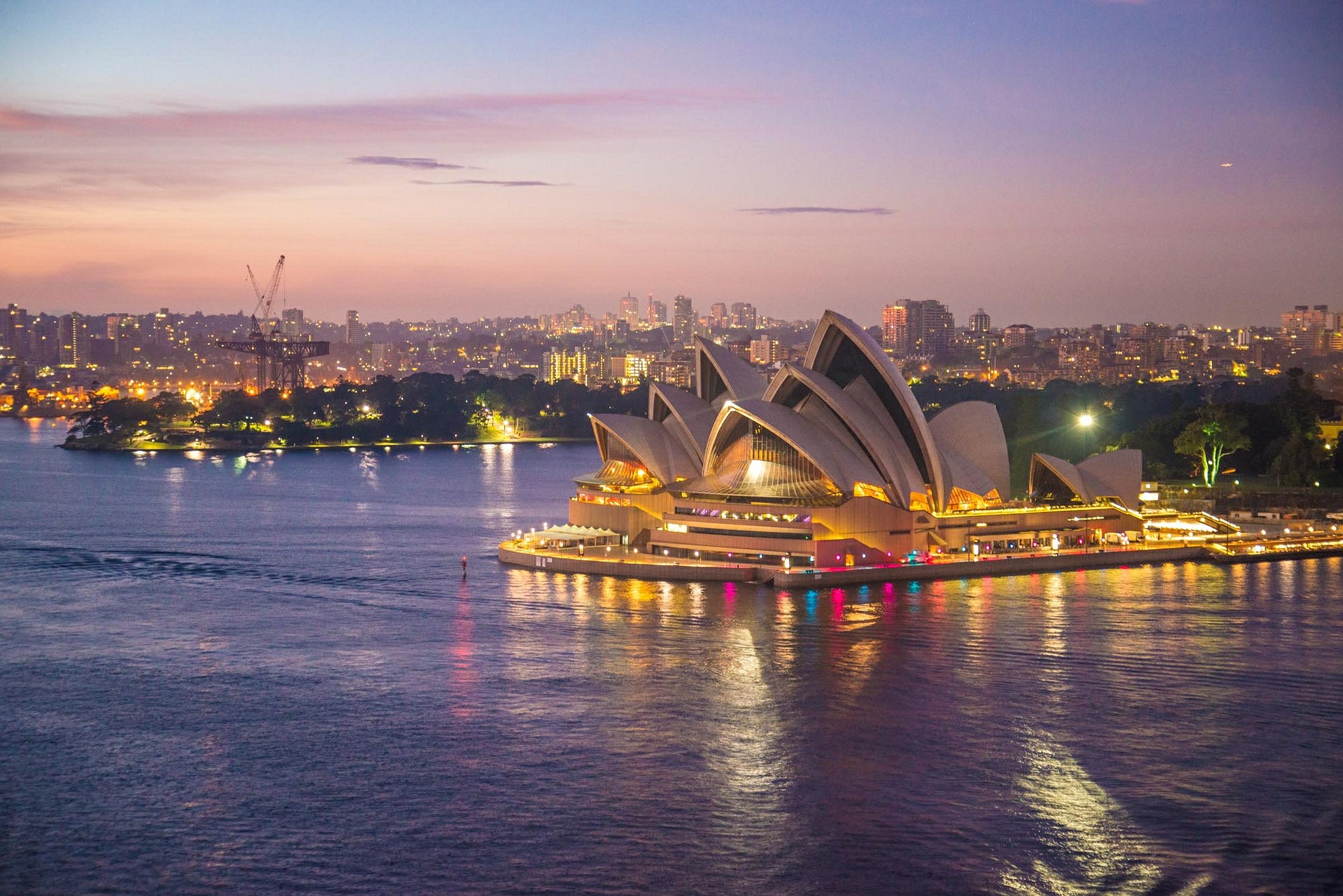Australia’s two largest states have reported a sharp increase in new COVID-19 cases, undermining hopes that isolation restrictions will be lifted on more than half of the country’s population.
New South Wales (NSW), home to Sydney’s largest city, has 110 new cases compared to 78 the day before, almost four weeks after the city and surrounding areas closed to contain the Delta virus outbreak.
Victoria reported 22 new infections compared to nine days earlier, the largest increase since the outbreak this month.
Health officials said they were most concerned about the number of people who were active in the community before being diagnosed with the coronavirus, and that the number should be close to zero before the blockade is lifted.
Victoria, meanwhile, said 16 of the 22 new cases were quarantined during their contagious period, while the other six were “fairly low.”
‘MORE PFIZER’
One and a half years after the start of the pandemic, some 13 million Australians are under severe isolation, increasing pressure on the federal government, whose polls are the lowest in a year due to a sluggish immunization program. Slightly more than 11% of the population is fully vaccinated.
The main vaccine in the government’s arsenal, developed by AstraZeneca Plc, is recommended for use only by people over the age of 60, while the vaccine produced by Pfizer Inc has been limited to 40 years due to limited quantities.
Data published on Wednesday showed that retail sales in June fell by 1.8% compared to a month earlier, which is almost four times higher than the decline forecast by economists.
In Australia, COVID-19 rates are relatively low than in many other developed countries: just over 32,100 cases and 915 deaths.

